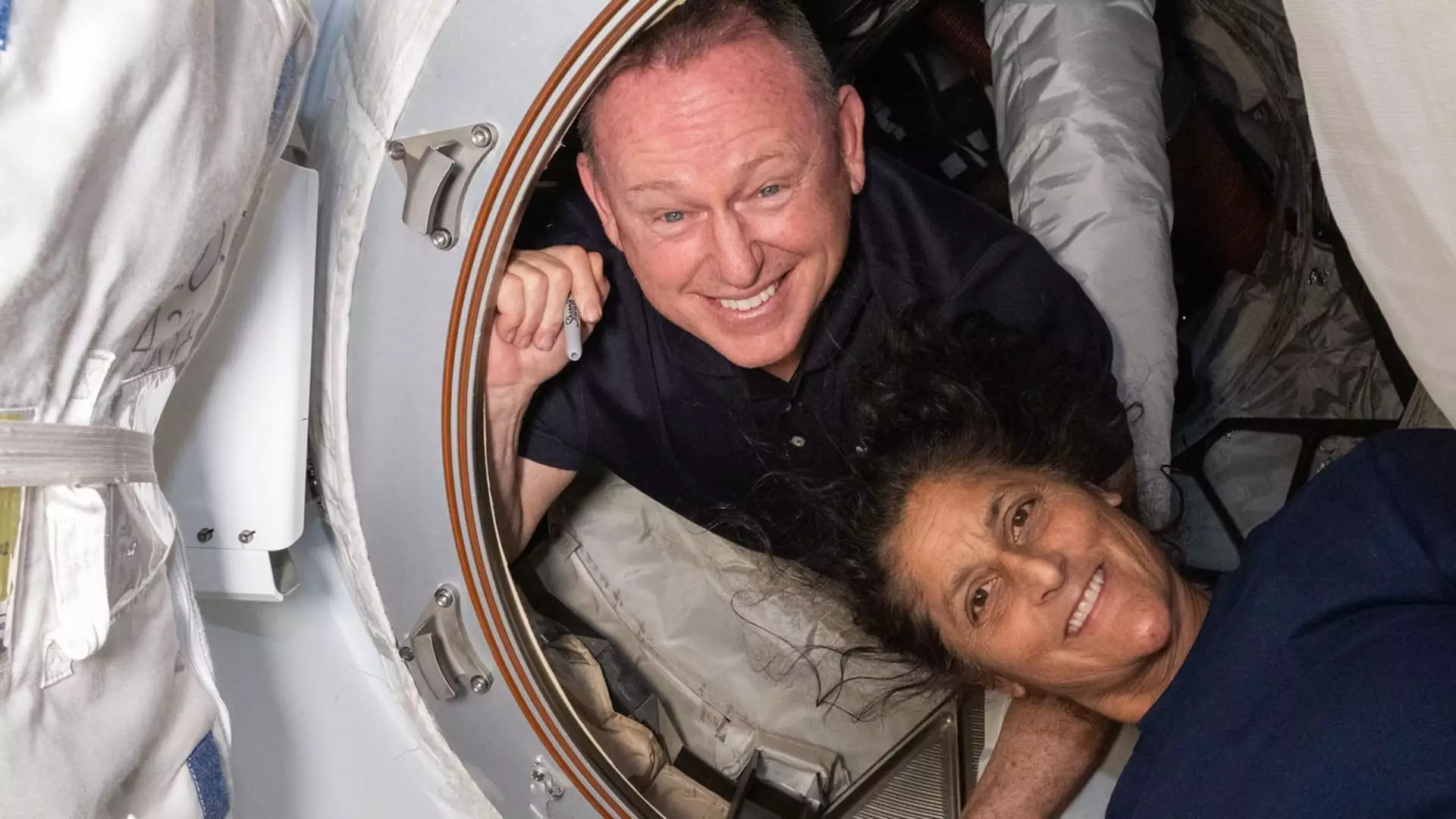When NASA announced its partnership with Boeing to develop the Starliner spacecraft, many saw it as a groundbreaking endeavor. This was an attempt to revitalize American space capabilities and reduce dependence on Russian vehicles for transportation to the International Space Station (ISS). However, the excitement soon morphed into a harsh reality. The expectations for the Starliner were monumental—not only was it a crucial part of NASA’s Commercial Crew Program, but it also represented a grand return to U.S. leadership in space exploration amidst the rise of private aerospace giants like SpaceX.
The introduction of Boeing to the space race was steeped in optimism, with the once-venerated aerospace company boasting a wealth of experience from previous missions. But as we sat here a few years later, we were left with a bitter mix of disappointment and embarrassment as Boeing found itself grappling with debilitating technical failures. The lengthy stay of astronauts Butch Wilmore and Suni Williams, catalyzed by a malfunctioning Starliner capsule, signals a growing crisis not just for Boeing, but for America’s reputation in the new space era.
The Starliner Dilemma: Politics or Proficiency?
While failures in technology are not uncommon in the aerospace industry, the disastrous outcome of the Starliner’s test flight transcends mere engineering. It intertwines with the realm of politics and public perception. Some have even suggested the astronauts might have been “stranded” for political spectacle. Such sensational claims, although lacking evidence, showcase the tension surrounding astronaut accessibility and the seeming urgency to provide successful flights for political gain.
This fusion of politics and space missions raises serious questions. Should astronauts Wilmore and Williams have remained aboard the ISS for additional months, or was that merely a byproduct of entering an already convoluted political environment surrounding space exploration funding? Given the staggering losses of more than $2 billion on the Starliner project, one must wonder how the U.S. government will balance accountability with public support for human spaceflight. Unfortunately, it appears more like a circus, as politicians twist narratives to suit their strategies.
A Lesson in Space: The Cost of Over-Dependence
NASA’s dual-commercial strategy, featuring both Boeing and SpaceX, was designed to ensure safety through competition. However, the Starliner debacle is a stark reminder of the perils of over-relying on a single entity, especially one seemingly unable to fulfill its end of the bargain. The reliance on Boeing is now exposed as a gamble: a choice that could endanger missions and astronauts alike in a future where deadlines are prioritized over thorough testing. We cannot ignore the evident divide that has formed between a company that seems to be continually mired in setbacks and SpaceX, which remains on a trajectory of viable commercial flight success.
The dilemma wrests at the heart of American ingenuity. At a time when space exploration ought to unite us, it appears to unravel into tales of failure, delays, and miscommunication. We are left wondering what could happen next; will bureaucratic hurdles prevent more test flights? Will renewed focus allow ongoing missions to thrive or merely lead to more uncertainty?
A Final Farewell to the ISS? Insights from Inside the Capsule
Amid this turmoil, it’s essential to remember the individuality of the astronauts bearing the brunt of these delays. Both Butch Wilmore and Suni Williams are seasoned veterans, navigating the complex existence that accompanies prolonged stays in low Earth orbit. They pushed through experiments, like scientific troopers, while the ground team grappled with politics and technology. Stripped of the shiny facade of mission success, their steadfast resolve reflects the broader human spirit—going beyond machines and programs to explore a lonely expanse of stars.
Yet Williams’ comments of longing for home highlight a fundamental truth. Space missions come with unparalleled sacrifices, and while most of us are captivated by the glamor of exploration, the lived realities of astronauts can often be overshadowed. They’re not simply cogs in a political machine, but human beings who dream of earthly comforts, encapsulated in the expanse of the cosmos.
This ongoing saga of the Starliner stands as a testament to disruption, challenges, and human resilience—but at what cost? The high stakes of space exploration demand not only innovative solutions but also unbreakable commitments to safety and reliability. In the face of this critical juncture, we must ask ourselves: can we afford to gamble with human lives in the great cosmic game?

